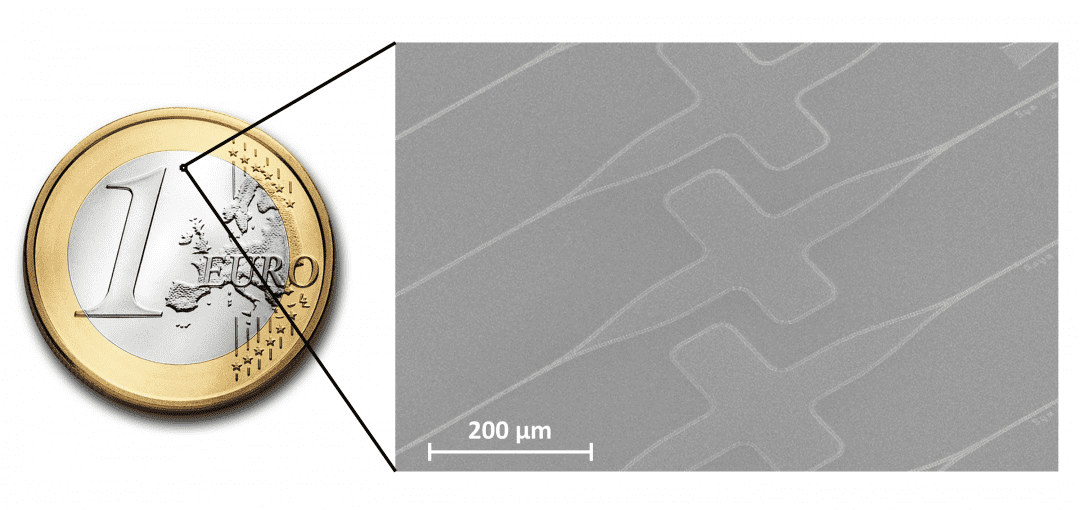David González Andrade, along with other researchers from the Institute of Optics, the Center for Nanosciences and Nanotechnologies of Paris and the National Research Council of Canada have published in the prestigious journal Scientific Reports a new nanophotonic divider for silicon circuits. This novel device has high bandwidth, independence to polarization and is resistant to manufacturing defects, assuming a breakthrough for the development of future photonic chips.
Photonic chips allow the manipulation of light on a very small scale, providing compact and efficient solutions capable of overcoming the limitations of classical electronic devices. This technology will increase the capacity of communications networks, reduce the energy consumption of supercomputers, or develop ultra-compact sensors and spectrometers, which can be integrated into drones or microsatellites.
In this promising field of silicon photonics, CSIC researchers are working on the development of new high performance micro devices, taking advantage of their expertise in subwavelength technologies. That is, periodic structures with waveguide elements much smaller than the light that propagates through them. These structures act as innovative metamaterials that provide new degrees of freedom when it comes to designing and optimizing the optical environment, opening a wide range of possibilities for a new generation of photonic chips.
The new divider developed by David González is the latest in a series of large-scale devices, which have led to the founding of Alcyon Photonics, a recently created spin-off company that was born with the aim of moving to the growing market of the photonics some of the latest developments of the National Council of Scientific Research.
Link to the news in CSIC site








